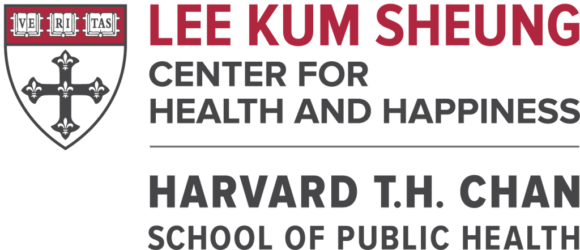Citation: Gartland, D., Bond, L., Olsson, C., Buzwell, S., & Sawyer, S. (2011). Development of a multi-dimensional measure of resilience in adolescents: The Adolescent Resilience Questionnaire. BMC Medical Research Methodology, 11(1), 134.
PMID or DOI: PMID: 21970409, DOI: 10.1186/1471-2288-11-134
Main positive psychological well-being construct measured: Resilience factors
Sub-constructs measured: Individual (confidence [self/future], emotional insight, negative cognition, social skills, empathy/tolerance), family (connectedness, availability), peers (connectedness, availability), school (supportive environment, connectedness), community (connectedness)
Available subscales: Individual (confidence [self/future], emotional insight, negative cognition, social skills, empathy/tolerance), family (connectedness, availability), peers (connectedness, availability), school (supportive environment, connectedness), community (connectedness)
Description: The Adolescent Resilience Questionnaire measures resilience factors in the domains of self, family, peer, school, and community, which are based on the ecological-transactional model and empirically identified to contribute to resilience in adolescence. The individual domain incorporates emotion regulation and control beliefs. Further salient factors were identified through focus groups in adolescents living with a chronic disease, including things like introspection and reflection, social skills, optimism and future expectations and problem solving.
Number of items: 88
Example statement/item: “I feel confident that I can handle whatever comes my way”
Response options: 5-point scale response, 1=never, 2=not often, 3=sometimes, 4=most of the time, 5=all the time
Total score: Responses are summed within each subscale, higher scores indicate greater resilience (negative cognition scale is reversed).
Examples of studies that link to health outcomes:
Jackson, N., Denny, S., Sheridan, J., Fleming, T., Clark, T., Teevale, T., & Ameratunga, S. (2014). Predictors of drinking patterns in adolescence: A latent class analysis. Drug and alcohol dependence, 135, 133-139.
